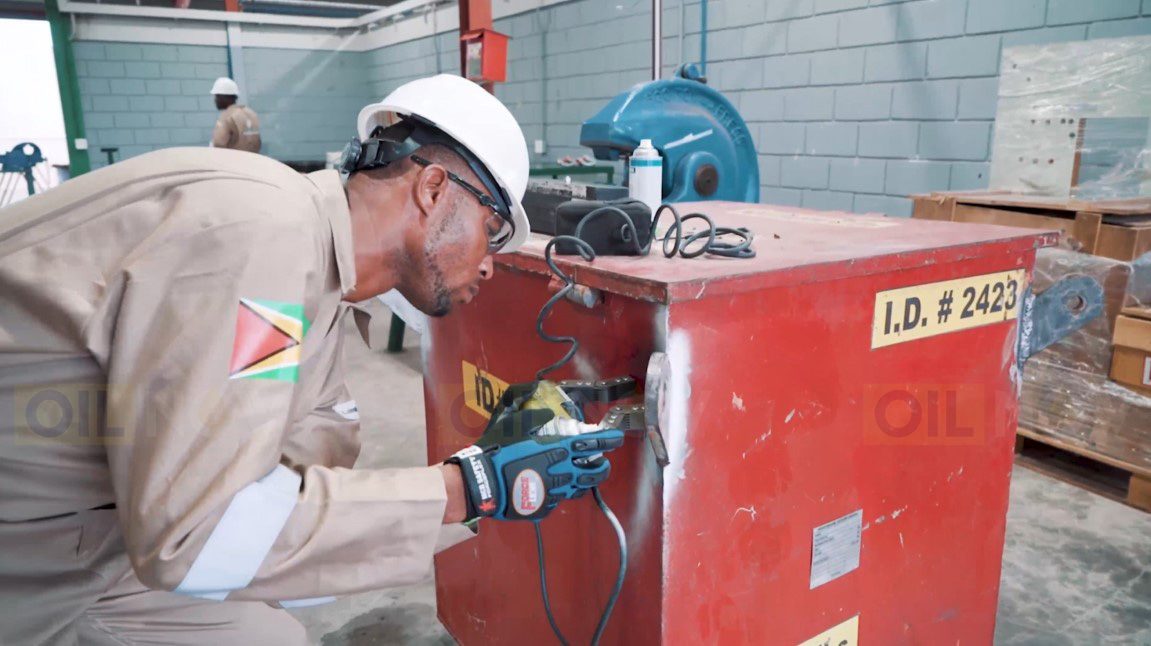IHS Markit said Guyana’s government should be lauded for successfully avoiding over-demanding or unrealistic targets that would delay investment before developing expertise in measuring and coordinating industrial development actions.
This comment comes as locals go after billions in investments being made into the sector, by vying for contracts and jobs. S&P Global, a leading American analytics firm that acquired IHS Markit earlier this year, believes Guyana is poised to see investments into their oil and gas sector totaling approximately US$15B over a five-year period, a figure it called unprecedented. Understandably, IHS in particular stated that the country’s authorities would be desirous of pushing for its citizens to benefit from this scale of input.
The vehicle expected to be used to drive more Guyanese towards this tidal wave of foreign investment is the Local Content legislation which came into being on December 31, 2021.
Local content bill realistic, achievable and dynamic – Gossai Jr. | OilNOW
In a recent assessment of the said law, IHS said there are upsides as well as downsides to consider.
For investors new to the framework, IHS explained that the country’s law requires operators and their contractors to prioritise Guyanese workforce and companies in the procurement of a list of 40 items, with goods, but most focused on services and labour. The consultancy noted that there are varying percentage targets ranging from 5% for higher complexity services to 100% for general support services, together with guidelines on how to report and enhance performance in each category.
Additionally, IHS noted that the general rationale of the framework is to provide a relatively simple list of requirements and define events for the evaluation of a master plan that must be prepared by the main players (licensees, large contractors, and sub-contractors) for the achievement and further development of the local content. These plans are then subjected to periodic reviews that require more details on measures to be taken.
IHS noted however that in Guyana’s law, there is no differentiation between the exploration, development, and operation phases. “It is assumed that the plan will have to cover the project’s lifetime and will be evaluated by the evolution and pace of the proposed achievements.”
IHS added, “…Guyana’s local content framework has at the same time, a potential risk perception, in the form of a Master Local Content Plan that must be approved, and the necessary flexibility, considering an environment much more challenging than in other countries, is not present to avoid bottlenecks that can jeopardise projects’ schedule. Some other Latin American countries, such as Brazil, have struggled in the past due to heavy and excessive detailed national contribution requirements as is the case with Guyana’s Master Plan.”
While S&P estimates investment into Guyana’s oil and gas sector in the next five years to be US$15 billion, other estimates would place the number much higher. ExxonMobil recently got approval for the US$10 billion Yellowtail development and is forging ahead with other projects that altogether will catapult Guyana to the second largest deepwater producer in the world.
Rystad Energy sees investments into Guyana’s oil and gas sector reaching US$60 billion in the period 2021-2030.



